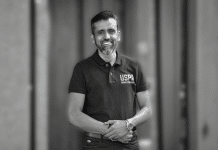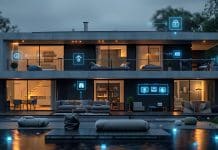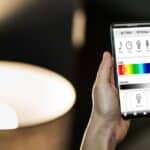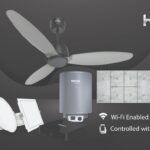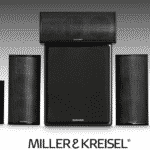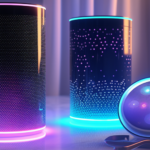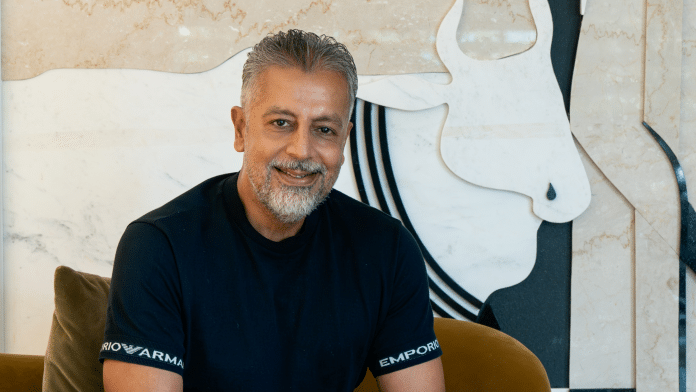
Haresh P. Lakhani, Founder, HP Lakhani Associates, has been shaping architectural and interior design in India for over three decades. Since establishing his firm in 1994, he has led projects across private residences, hospitality, and healthcare, blending timeless aesthetics with smart technology. Landmark projects like the ‘Magnificent Homes’ gated community in Hyderabad, Temple Tree Villa 54, and the Bobba Residence showcase his philosophy of designing spaces that are not only visually inspiring but also smart and sustainable. In a tete-a-tete with Smart Home World, Haresh shares his views on Smart technology, Smart Lighting, and more…
Tell us about your design journey and some of the landmark projects that have set trends over the years.
My journey in design began with a simple curiosity about how spaces can shape human experience. After completing my commerce degree from Bombay University, I pursued design at LS Raheja College of Architecture and went on to establish HP Lakhani Associates in 1994 as an interior design firm. What began as a passion-driven practice has since evolved into a multidisciplinary studio, undertaking architectural and interior projects across private residences, hospitality, and healthcare. Our philosophy has always been to create spaces that are not only functional but also inspiring, timeless, and emotionally resonant.
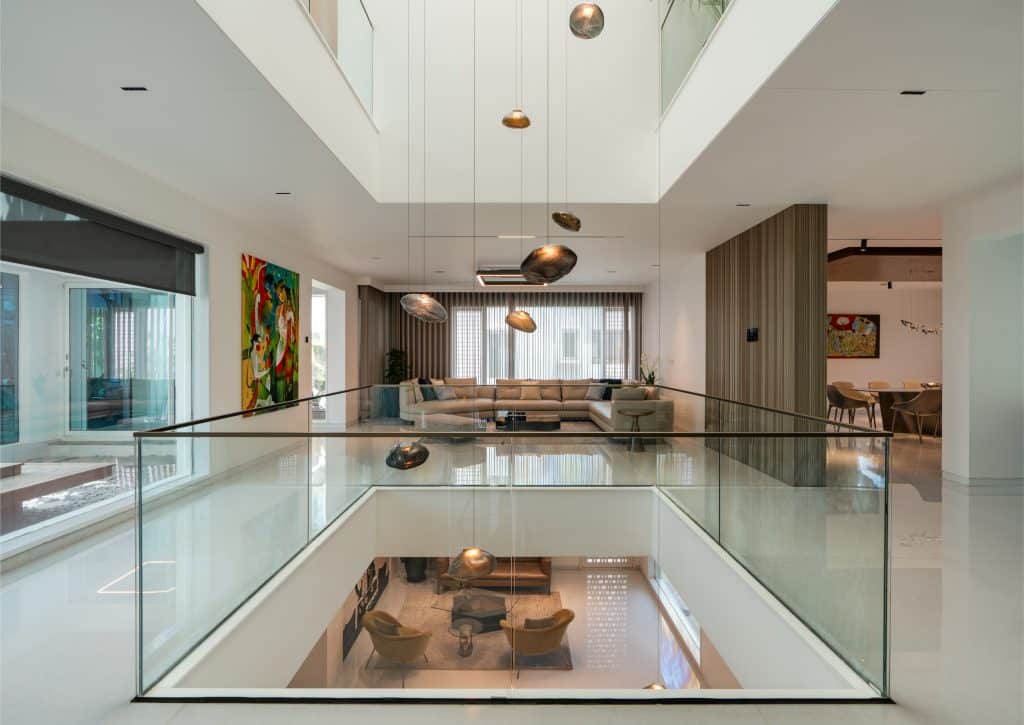
Some of our early landmark projects include private residences, offices, and a 6-acre gated community in Hyderabad with 30 villas, ‘Magnificent Homes,’ which earned us a WAF nomination in Barcelona in 2011, along with other recognitions.
In fact, we were among the first firms in Hyderabad to venture into home automation for a private residence back in 1998–99—an experience that gave us invaluable exposure and set new benchmarks in the industry. Over the years, our work has championed open layouts, biophilic design, and the integration of smart technologies in residences, helping to shift the focus from mere aesthetics to creating meaningful, experience-driven spaces.
Looking back, every project has been a milestone that has shaped our growth and design ethos. Yet, what excites me most is the road ahead—where sustainability, technology, and human-centric design come together to craft spaces that will continue to inspire generations.
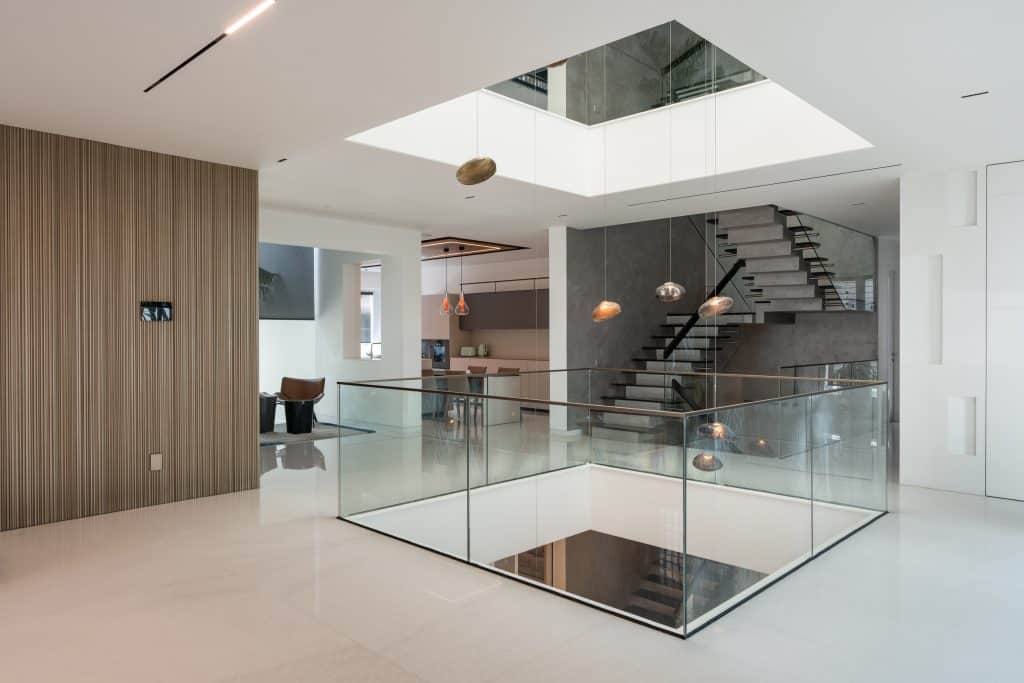
How has smart technology influenced your approach to architectural and interior design projects?
Today, spaces are defined not only by form and function but also by intelligence and adaptability. From the very beginning of our design process, we integrate smart systems so that lighting, climate control, security, and appliances can be automated and centrally managed with ease. This creates environments that are more responsive, efficient, and personalized for the people who inhabit them.
Smart technology also strengthens our commitment to sustainability. Through intelligent sensors, energy-efficient solutions, and data-driven monitoring, we can reduce waste, optimize resource use, and design buildings that are more environmentally responsible.
Most significantly, it has transformed how we envision the future of spaces. We now see buildings not as static structures, but as living ecosystems that evolve with their users. This perspective enables us to design environments that are not only visually inspiring but also future-ready, technologically advanced, and sustainable.
At what stage of a project do you usually start considering technology integration, and how early do you involve system integrators or consultants?
We start considering technology integration right from the concept stage of a project. For us, it’s not an afterthought but an essential part of how the space will ultimately function and feel. By planning early, we can align the architectural design, services, and interiors with the client’s lifestyle or business needs, ensuring that the technology blends seamlessly rather than looking like a retrofit.
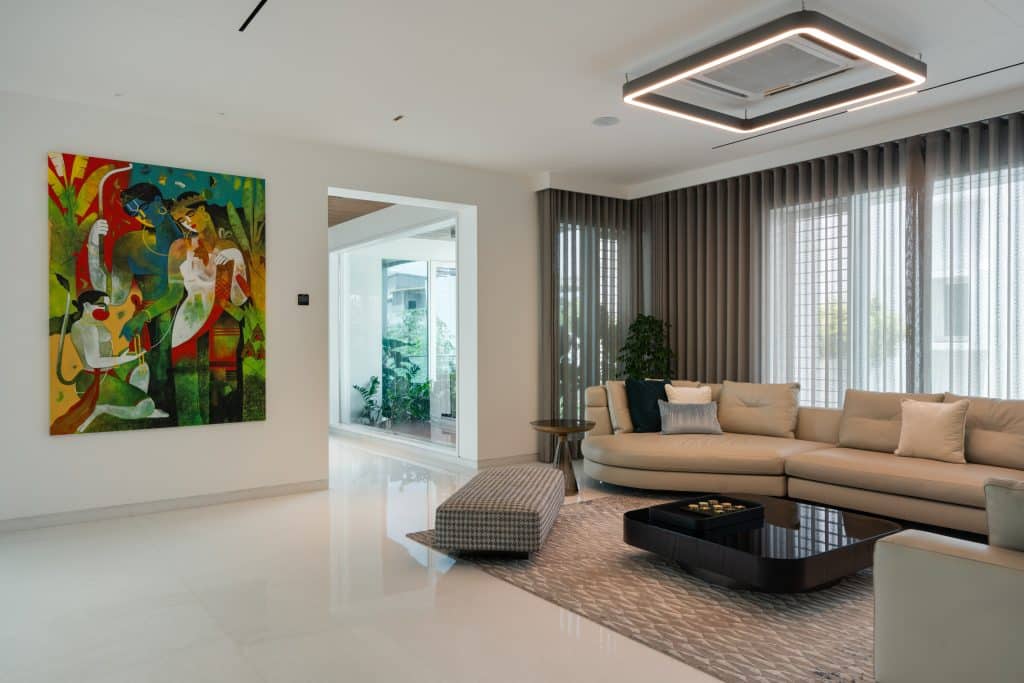
System integrators or consultants are usually brought in once the initial design intent is clear—typically during schematic design or early design development. This allows them to collaborate closely with us and the client, fine-tuning solutions for automation, AV, security, or energy systems. The earlier they’re involved, the better the outcome, because it ensures coordination across disciplines and avoids costly rework later.
What’s the biggest challenge in balancing aesthetics with technology — especially when it comes to concealing devices or avoiding visual clutter?
As designers, our role is to integrate technology so seamlessly that it enhances the experience without ever becoming intrusive. We collaborate closely with system integrators to conceal cabling, embed speakers and sensors, and align devices with the overall design language of the interiors. Sometimes this involves custom furniture, at other times, architectural detailing. The goal is always the same—to ensure technology serves the user while preserving the purity and elegance of the architecture and interiors. When executed well, the result is an intuitive, uncluttered space where intelligence exists quietly in plain sight.
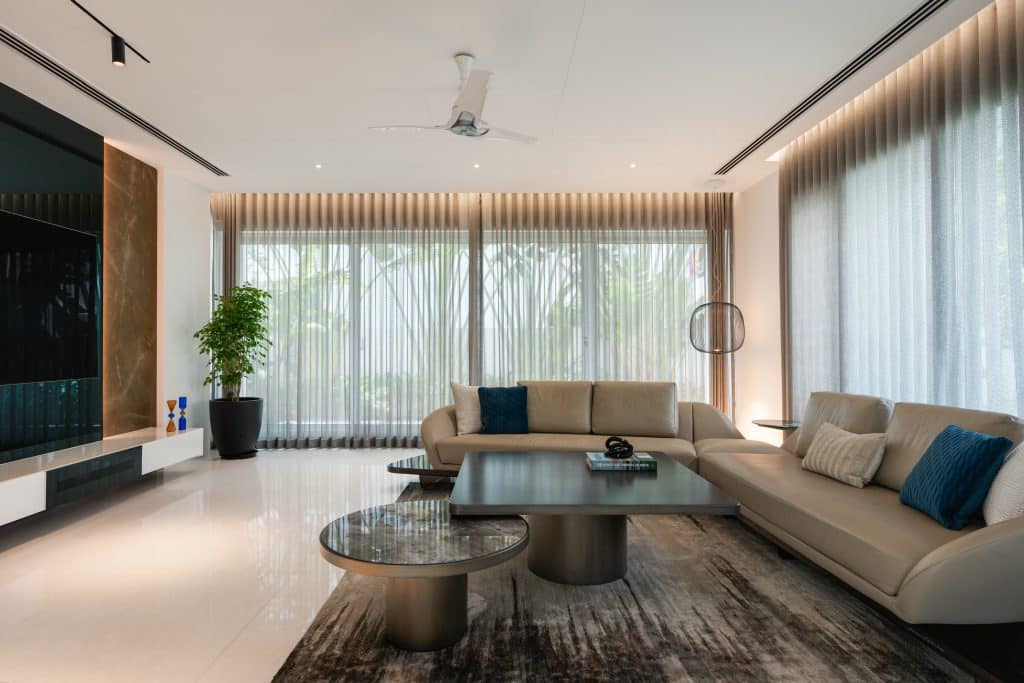
What benefits do automation, smart lighting, and smart security solutions (like cameras and digital locks) bring to your projects?
Automation, smart lighting, and intelligent security bring immense value to our projects by enhancing both functionality and the emotional experience of a space. Automation offers convenience by allowing spaces to adapt to people, rather than the other way around. Smart lighting goes further, shaping mood, supporting well-being, and ensuring energy efficiency. Security features such as cameras and digital locks add peace of mind—an element as vital today as comfort and aesthetics.
From a design standpoint, these technologies also help reduce clutter by replacing multiple switches and keys with streamlined systems. This gives clients the assurance that their homes and offices are not only beautiful but also safe, intelligent, and future-ready.
Which brands do you prefer or trust most when it comes to building automation, smart lighting, and smart security?
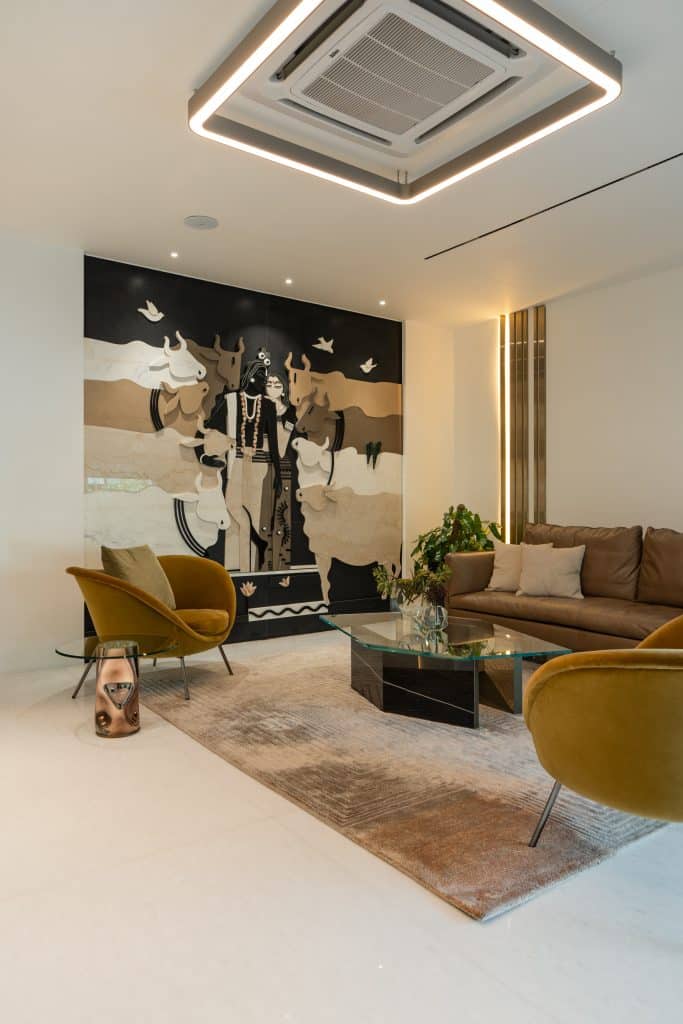
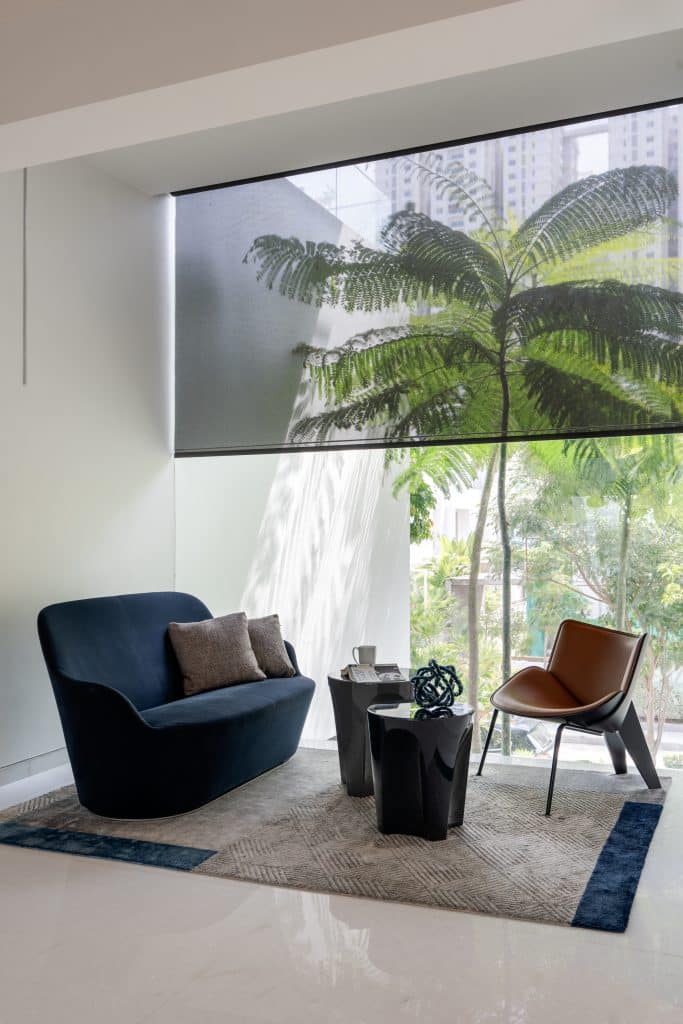
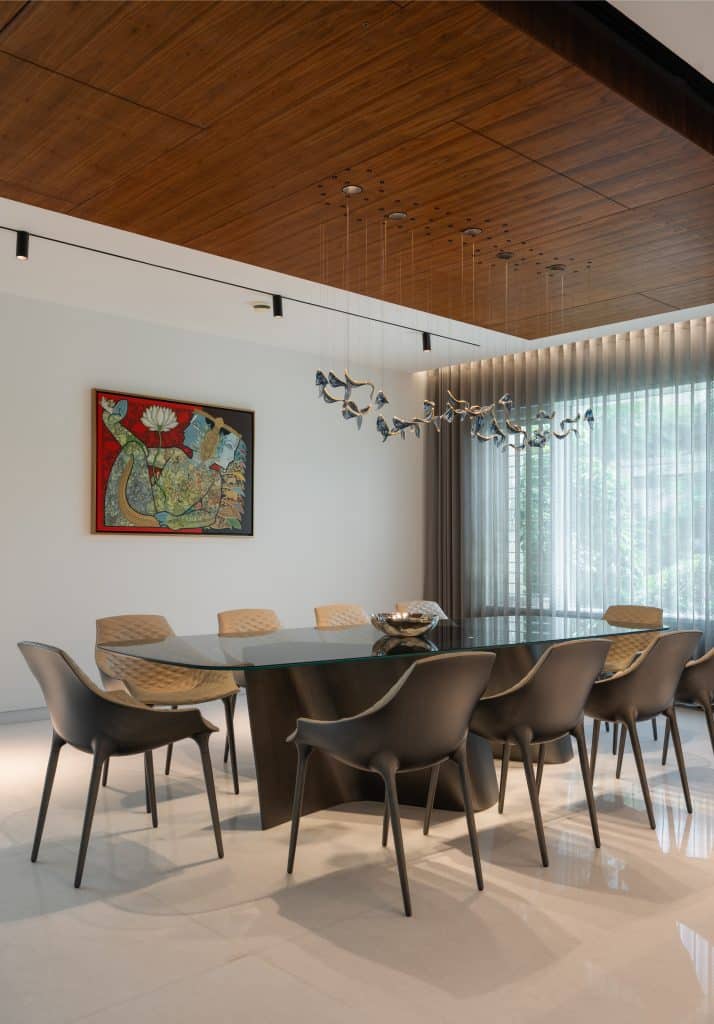
There are several brands to choose from, and there is no single best brand or protocol; the ideal choice depends on your needs and budget. I usually prefer KNX over proprietary automation protocols because it offers an open-ended, future-proof platform with the flexibility to choose Switches and Components from various brands. This makes third-party integration much easier and ensures clients are not locked into a single ecosystem. For smart lighting, I often rely on Philips Hue, Ando, Lutron, Delta, Flos, and Zumtobel for their reliability, and there are quite a few good local brands that we can rely on. Likewise, in smart security systems, there are various brands. Ultimately, my focus is on flexibility, scalability, and seamless integration with the overall design intent.
Could you share a case study where you’ve integrated automation, smart technology, and smart lighting?
In a recent luxury residence project, we integrated KNX-based automation to unify lighting, climate control, and security. Smart lighting scenes were designed to shift from morning freshness to evening warmth, enhancing both mood and energy efficiency. Digital locks and discreet cameras provided peace of mind without compromising aesthetics. The open KNX protocol allowed us to blend multiple brands seamlessly, ensuring flexibility for future upgrades. The result was a home that felt intuitive, secure, and elegant, with technology hidden in the service of design.
Both Temple Tree Villa 54 and the Bobba Residence showcase how seamlessly technology can enhance modern living without compromising design elegance. In Temple Tree Villa 54, intelligent lighting systems automatically adjust brightness and mood based on the time of day and user preferences, with dimmable LEDs in dual colour temperatures (4000K and 3000K) creating the right ambiance across spaces. Accent lighting highlights artworks, sculptures, and architectural features, all controlled through centralized panels or a mobile app. Comfort is elevated with automated blinds and curtains that regulate natural light and privacy, while centralized climate control ensures ideal temperature zones throughout the home. Security is equally advanced, featuring discreetly integrated CCTV cameras, motion sensors, and smart locks with remote access for round-the-clock peace of mind.
The Bobba Residence mirrors this philosophy of discreet intelligence, layering technology into every aspect of daily life. Thermostats on each level allow precise climate control, while hidden Wi-Fi boosters ensure uninterrupted connectivity across the villa. Keypads and touch panels on all floors integrate lighting, security, and entertainment, giving the family intuitive control at their fingertips. Automation extends to blinds that adjust with natural light, while the dedicated home theater becomes a hub for immersive entertainment, equipped with surround sound, acoustic wall treatments, a ceiling-mounted projector, and layered lighting that shifts atmospheres with a simple tap. Smart security systems with inconspicuous cameras further protect the home, blending seamlessly into the interiors.
Together, these residences highlight how lighting, comfort, security, connectivity, and entertainment converge through smart automation, transforming villas into future-ready, intuitive living experiences.
As homes continue to get smarter, how do you see the role of architects and designers evolving? Do you think tech fluency will become an essential skill set in your profession?
As homes get smarter, the role of architects and designers is evolving from just shaping spaces to also curating experiences. Earlier, our focus was largely on aesthetics and functionality, but now we must also anticipate how people will interact with technology in their daily lives. Tech fluency is no longer optional; it’s becoming an essential part of our toolkit.
We don’t need to become engineers, but we do need to understand automation, data, and integration well enough to collaborate effectively with system specialists. This allows us to design environments where technology is seamless, intuitive, and invisible, serving the user while preserving the integrity of the design. In many ways, the designer of the future will be both a spatial storyteller and a technology orchestrator.






